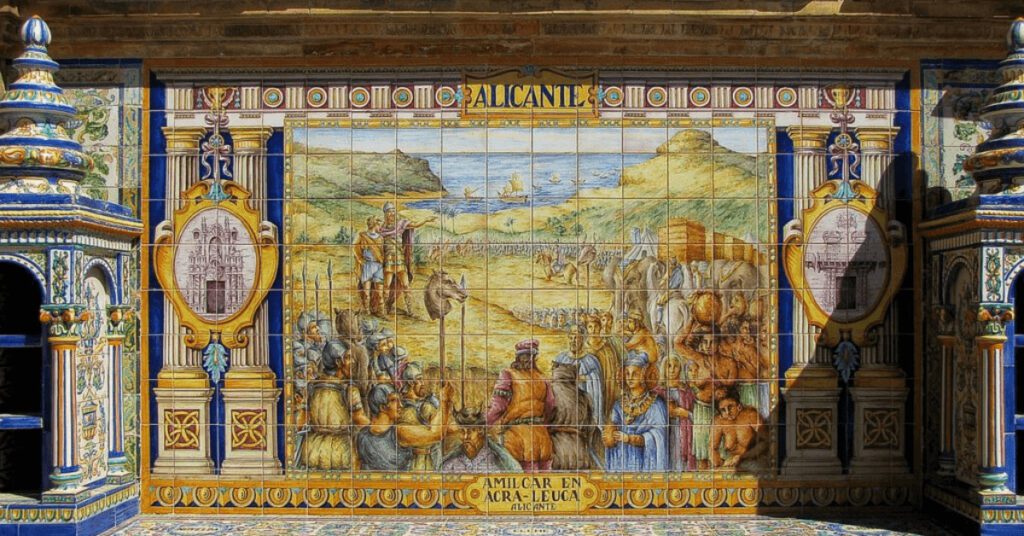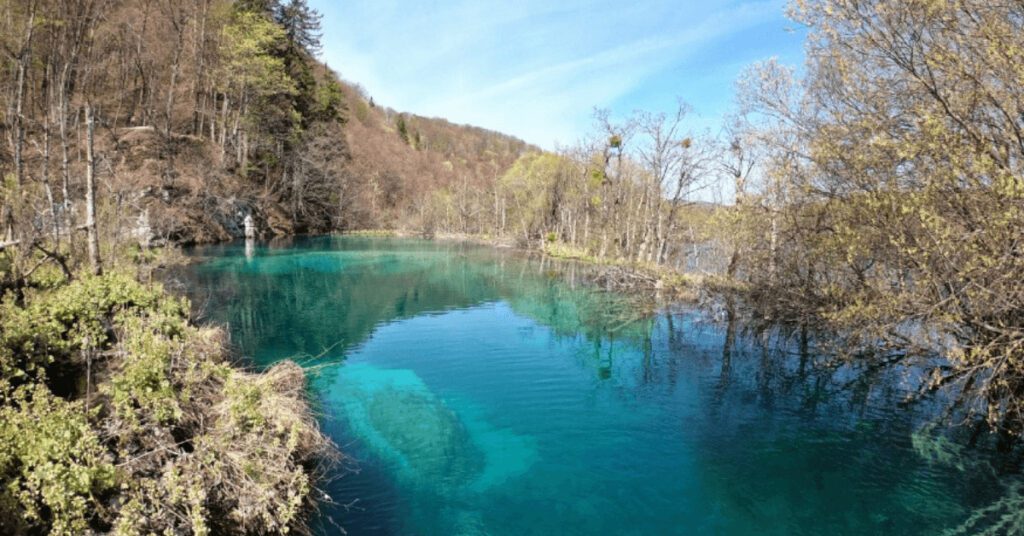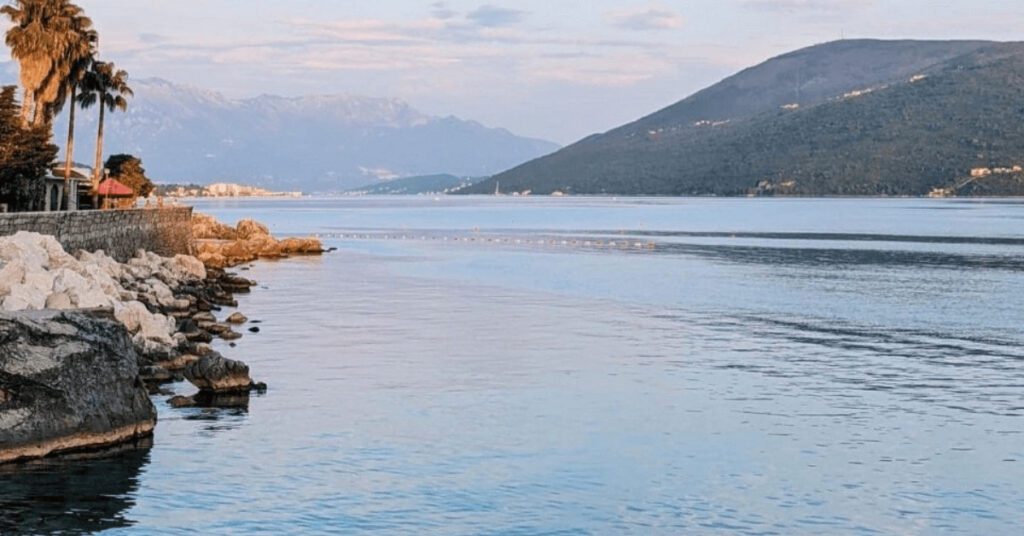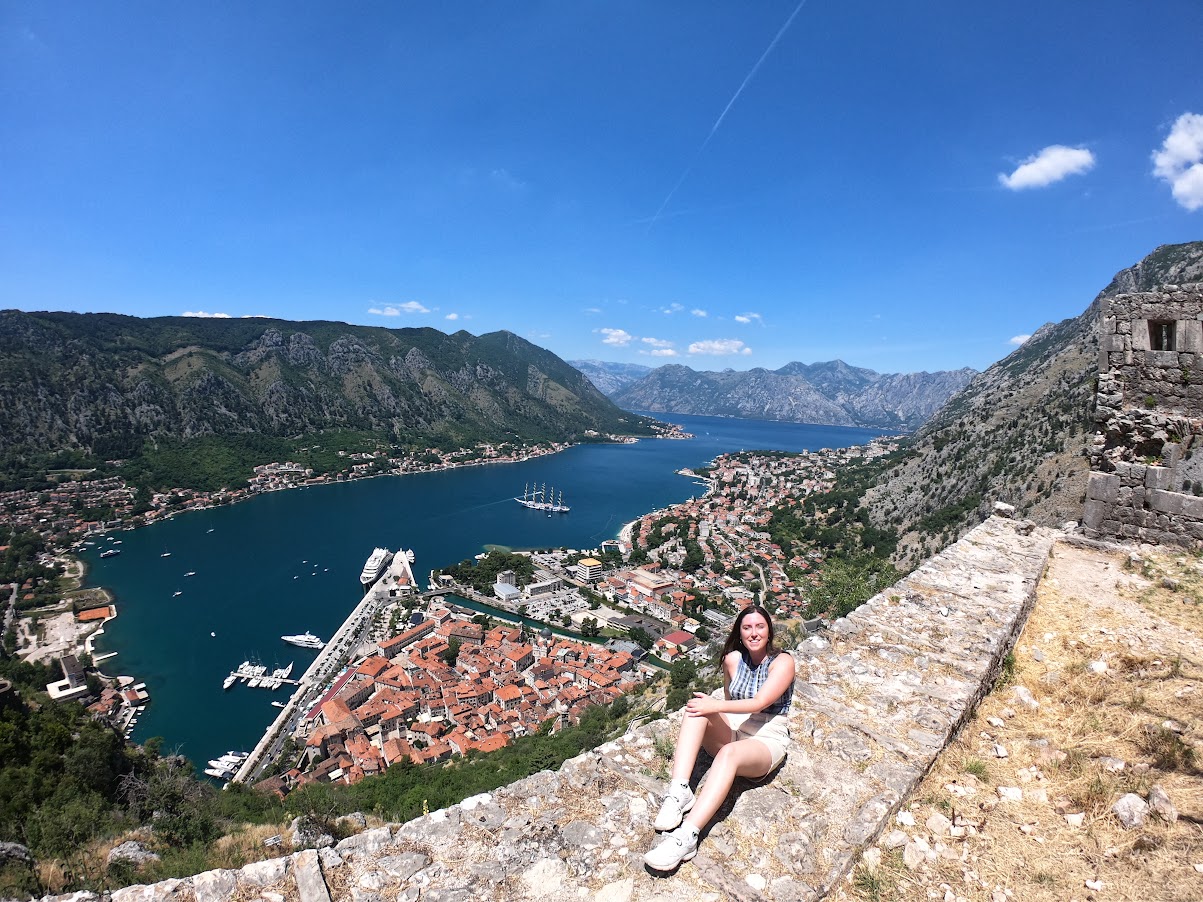
How to Plan a Journey as a Slow Traveler: A Step-by-Step Guide for Beginners
- What Is Slow Travel and Why Is It Popular?
- Understanding Slow Travel Values
- How Long Should You Plan to Spend in Each Destination?
- Preparing for Your Slow Travel Trip: Check Visas, Flights, Accommodation and More
- Exploring Non-Traditional Modes of Transportation
- Slow Travel as a Digital Nomad
- Sustainable Eco-friendly Slow Travel Tips
- Embrace Flexibility & Take Time to Enjoy the Journey
- Conclusion
Introduction
You’ve decided that you want to travel the world, but you don’t want to do it in a hurry. You’ve heard about the concept of slow travel and you want to give it a go. But where do you start?
Don’t worry, I’m here to help. In this article, I’ll take you through everything you need to know about planning a journey as a slow traveller. I’ll answer all your questions, from what slow travel means, to what you should consider when booking your flights and accommodation.
I hope this article helps make your dream of slow travel a reality!
What Is Slow Travel and Why Is It Popular?
Slow travel is a form of tourism that emphasizes connection with local culture. It is a sustainable way to see the world, and it’s becoming increasingly popular as people are looking for ways to unplug and relax.
Slow travel means different things to different people, but there are some key values that are shared by all who practice it. These include taking the time to enjoy each destination, avoiding tourist traps, and staying in each place for an extended period of time. This Slow Traveller’s Guide will show you how to plan your journey so that you can enjoy every minute of it.
Understanding Slow Travel Values
Slow travel is all about savouring the moment, and that means taking the time to appreciate the people, culture, food and music of a destination. It’s about forming connections with the locals and really getting to know a place.
That doesn’t mean you have to slow down your pace or travel more slowly. In fact, there are lots of ways to enjoy the benefits of slow travel without taking more time. You can choose a destination that matches your timeframe, or mix and match shorter trips with longer stays in one place.
Slow travel is also about taking the time to experience local culture and attractions. You might spend a day wandering through a town, eating at local restaurants and chatting with the baristas at the coffee shop. Or you might take longer to explore everything an area has to offer—cultural experiences, hikes in the mountains, days on the beach. Whatever you choose, make sure you leave room for unhurried exploration and savouring the moment.
How Long Should You Plan to Spend in Each Destination?
How long you spend in each destination really depends on what type of traveller you are. Are you a slow traveller who wants to get to know the local community and immerse yourself in the culture? Or are you more of a budget traveller who wants to see as many destinations as possible?
That’s the great thing about slow travel – it’s completely customizable to your needs. You can spend anywhere from a few days to a few weeks in each destination, depending on what you want to see and do. Just make sure you check the visa requirements so you don’t end up staying longer than you planned!
If you’re not sure how long to spend at each destination, a good rule of thumb is to plan for 3-5 days for each stop. This will give you enough time to see the main sights and do a few activities, without feeling rushed. Of course, you can always extend your stay if you’re having a great time and want to explore more!
Preparing for Your Slow Travel Trip: Check Visas, Flights, Accommodation and More
Before you start embarking on your slow travel journey, you need to prepare for your trip.
Visas
This includes checking visa requirements and ensuring you have the right visas for the countries you are planning to visit. I recommend checking your local government website for information on your visa requirements for different countries.
Flights
You need to check flights, or if there is another way of travelling such as taking a train or driving. I like to begin searching for flights using Google Flights, and if you are flexible with your travel dates it will be easier to find the best deals.
Once I have searched for my flights on Google Flights, I decide which ones are the best dates and times and then head directly to the airline website to book my seats and baggage through them. More often than not I save money by booking directly with the airline.
Accommodation
I like to use Booking.com to search for short-term accommodation deals, the more stays that you complete with Booking.com, the more rewards you can receive with their scheme. For long-term accommodation, I prefer to use Airbnb. Often I will find the apartment that I would like to stay in and contact the host directly to see if we can negotiate a deal on the price, specifically if I am staying for 28 days or more. It’s always worth asking!
Activities
You also need to make sure that there is enough for you to do in the place you are visiting so that it can be worth staying for a longer duration. Additionally, think about how easy it will be to go from one country/destination to the next as part of your slow travel experience.
When planning my trips, I like to choose destinations next to each other to make travel between cities and countries as easy as possible. For example, when I spent 3 months in Croatia, I decided to choose Montenegro as my next destination because it was easy to access by bus from Croatia. Choosing destinations that are close to each other will save you lots of time and money!
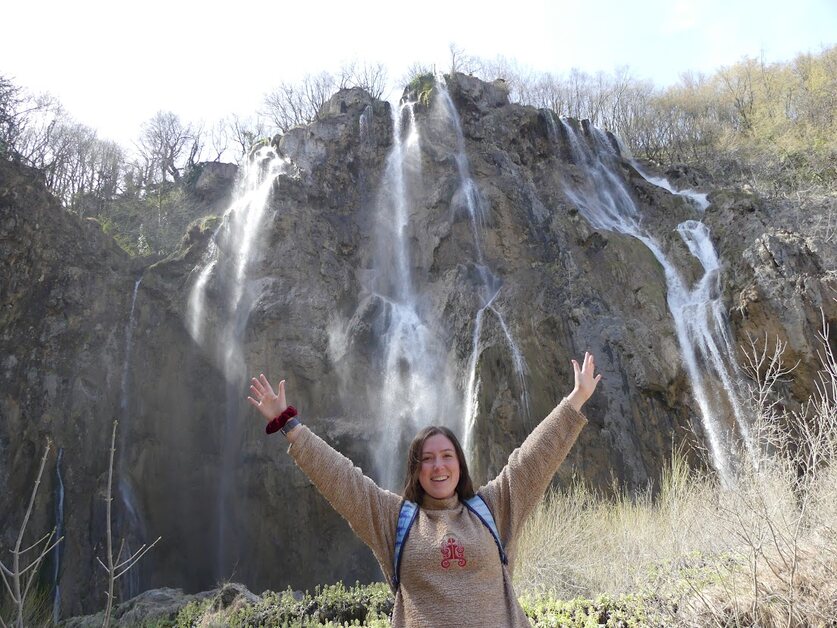
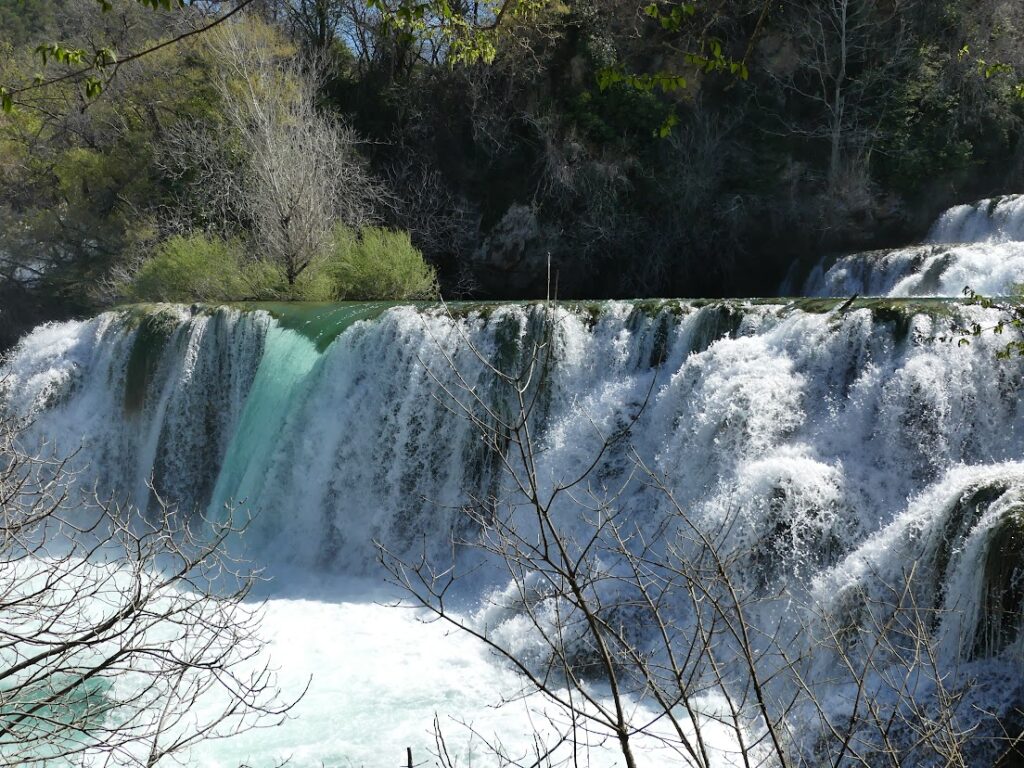
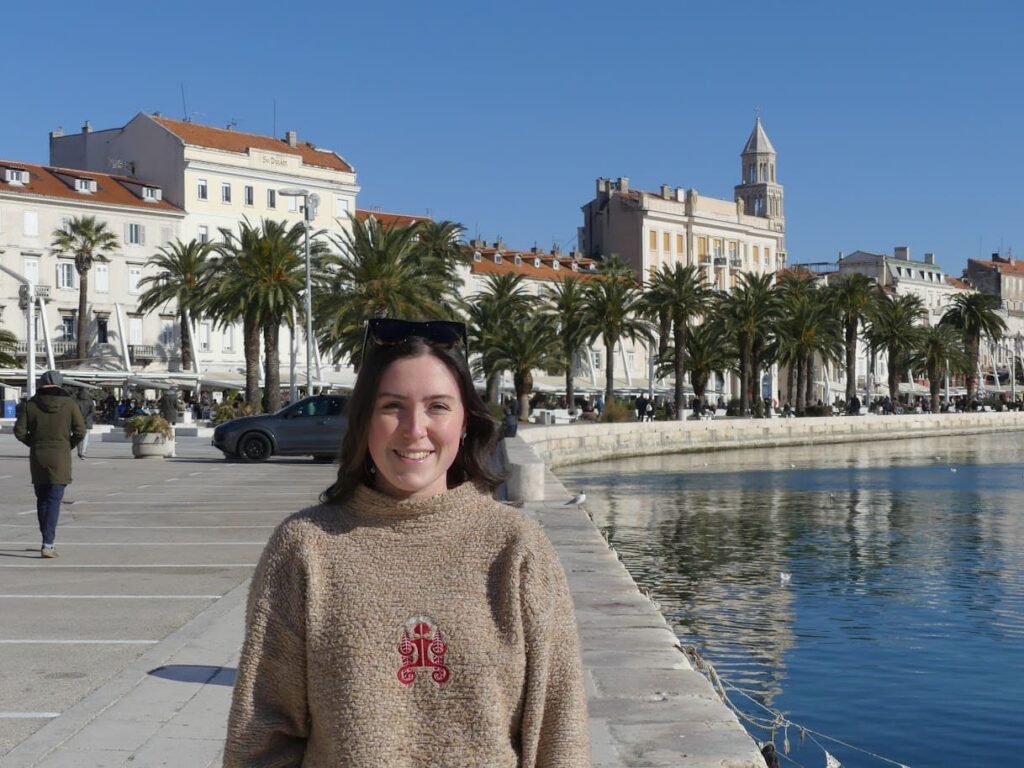
Finally, remember that planning a slow travel trip shouldn’t be an overly complicated process. It takes time and effort but don’t rush through it. Embrace the idea of taking time to appreciate one place rather than rushing from destination to destination and make a conscious effort not to have an impact on the environment whilst doing so.
Exploring Non-Traditional Modes of Transportation
When it comes to slow travel, exploring the possibilities of non-traditional modes of transportation is key. Buses, trains, rental cars or even hitchhiking are all viable options depending on where you are going and how long you’re staying.
Taking a bus instead of a plane allows you to enjoy the scenery along the way and makes travelling much cheaper in the long run. I had the most wonderful experience on a bus from Dubrovnik, Croatia – Herceg Novi and then onto Kotor, Montenegro as the scenery along the coastline there is simply stunning. I wouldn’t have had the same experience if I took a flight!
Renting a car or using a ride-sharing service can allow you to explore at your own pace, while still being cost-effective. For those with no set destination, hitchhiking is an adventure in itself and allows you to meet locals in an authentic way – just remember to take safety precautions before doing so!
On top of that, cycling has been growing in popularity as travellers choose to explore their destinations at slower speeds and connect more deeply with the community.
No matter how you choose to get around, slowing down your travel experiences will give you moments for reflection and will help create lasting memories of your journey.


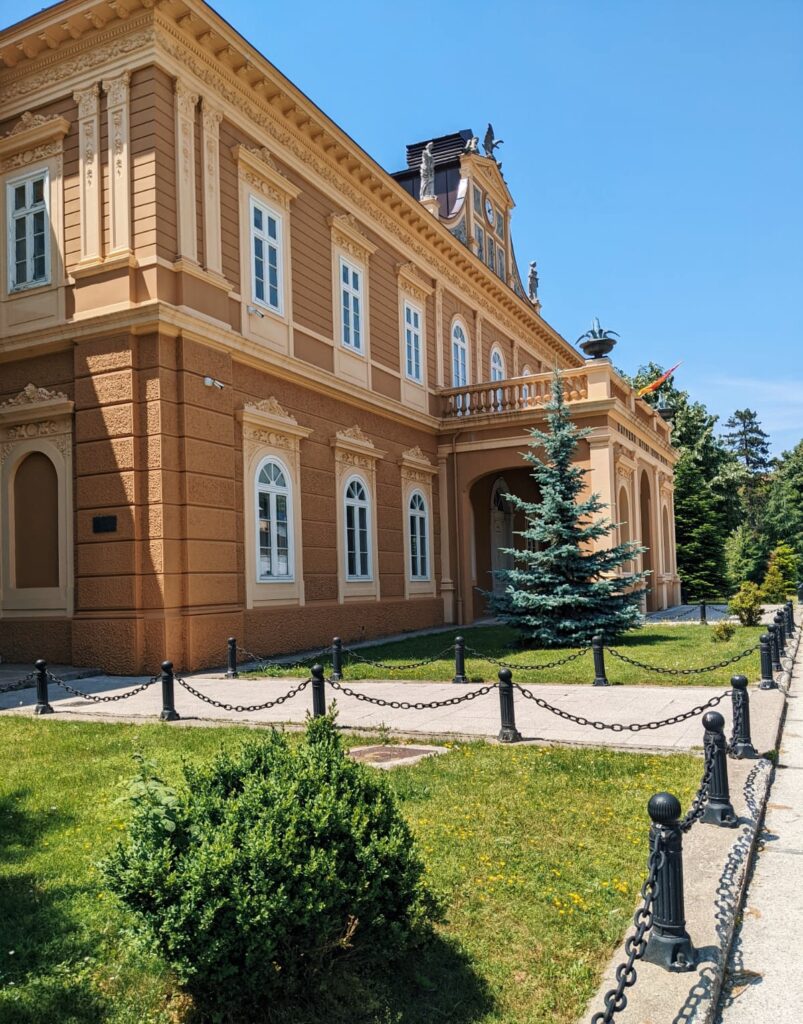
Slow Travel as a Digital Nomad
Travelling slowly is a great way for digital nomads to get the most out of their experiences, as it gives you time to really explore and connect with the people in a place. Immersing yourself into a location without rushing from one tourist hotspot to another gives you the opportunity to really get to know a place more intimately than on a quick holiday.
Slow travelling as a digital nomad also allows you to get into a routine with work and other activities that you might miss out on while fast travelling, such as going to the gym, cooking at home and creating meaningful friendships with people you meet. It gives you the chance to make your base somewhere and explore the area slowly in your free time.
Living like a local is key while slow travelling and can often reveal hidden gems that you may not have discovered otherwise. It also helps foster connections in the community, create meaningful relationships and gain access to unique experiences. Seeking out lesser-visited neighbourhoods is an important part of slow travel, as it helps build an appreciation for the culture and history of each destination. If you spend enough time in one area, you might even be able to call it your home for a while!
Sustainable Eco-friendly Slow Travel Tips
The sustainability of your travel is an important factor when it comes to slow travel. There are a few questions you can ask yourself when you’re planning your journey to ensure that you’re being thoughtful and kind to the environment:
– Are you using public transport or opting for alternative modes of transport such as cycling or walking?
– Are you staying in eco-friendly accommodation, like a tent or a family-run bed and breakfast?
– If you’re flying, can you offset your carbon footprint with reputable organizations?
– Are you supporting local businesses to ensure that tourism dollars are going directly into the hands of those who live in the place you are visiting?
– Can you minimize waste by reusing items or shopping for secondhand products whenever possible?
These are all things to bear in mind as a slow traveller. The rewards of travelling slowly and sustainably far outweigh any activities that may benefit our comfort in the short term but cause harm to our environment.
Embrace Flexibility & Take Time to Enjoy the Journey
Part of the essence of slow travel is to be able to enjoy the journey. It’s about the ability to linger in a place for as long as you want and truly immerse yourself in the culture and customs. Instead of ticking off attractions, plan an itinerary that leaves room for flexibility and plenty of time for exploration.
Embrace detours if you want to. Don’t worry if you can’t do or see everything; that’s exactly why you’re taking it slow. Feel free to stay in a place longer than planned or go somewhere new if the inspiration strikes. There’s something amazing about getting away from strict schedules and letting the adventure unfold at its own pace.
Also, don’t forget to take time out and relax when needed. Slow travel is not only about sightseeing; it’s also about allowing yourself plenty of time to rest, recharge your batteries and just “be” without feeling guilty or having FOMO (fear of missing out). This is perhaps one of the best lessons a slow traveller learns – how to truly enjoy the present moment, wherever they are.
Conclusion
Slow travel is all about taking your time, enjoying the journey and immersing yourself in your destination. If you’re new to slow travel, use this guide to help you plan your trip. First, figure out how much time you can spend at each destination. Check the visa requirements and make sure you can easily travel to the next country. Then, find long-term accommodation and look for things to do that will keep you busy for a long time. Slow travel is a great way to see the world and experience new cultures. So start planning your trip today!
If you enjoyed this guide, be sure to check out my other useful travel guides here!
If you have any questions or suggestions, please contact me via email – tianitravels@gmail.com or via social media.

